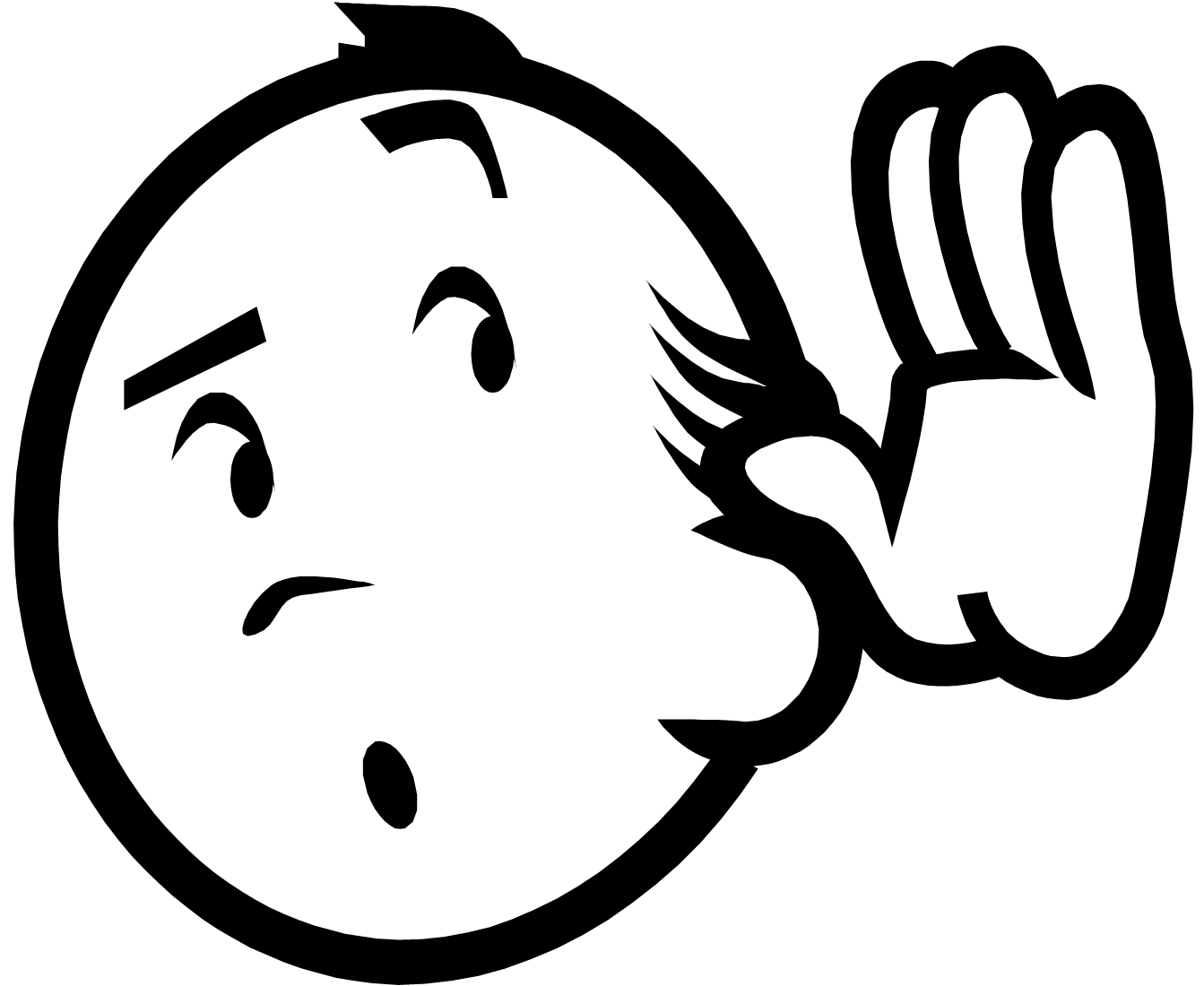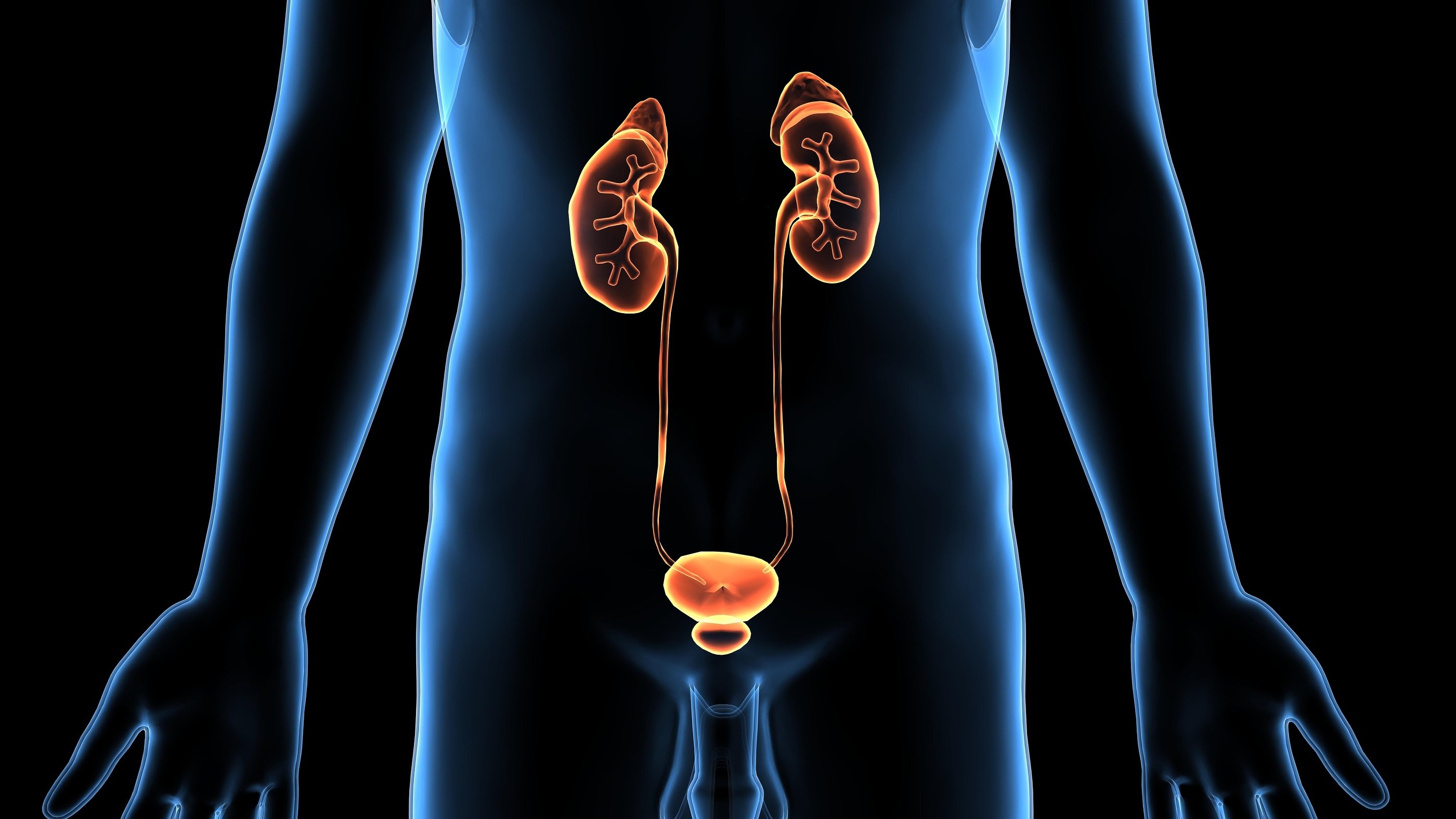Urodynamics is a panel of tests relating to the lower urinary tract. It is most commonly used in its entirety; however, it is also possible that one or more of the components will be performed separately if symptoms suggest this is necessary.
Urodynamics is the most reliable way to determine the cause of lower urinary tract symptoms and therefore, the best way to determine which treatment methods are most appropriate.
A Care Pathway is an evidenced-based framework to build a treatment plan upon, beginning with the primary physician, continuing to specialist referrals if necessary, and following the patient through to the end of their treatment (including follow-up care).
They typically follow a common path that starts with patient history, followed by clinical assessment, provisional diagnosis, first line management, specialist management, and follow-up care.
Some examples are listed here:
Read More
Topics:
Urodynamics Testing,
General Urology Information,
urodynamics,
urodynamics equipment,
urodynamics staffing,
urinariy incontinence,
urodynamics interpretation,
post-void residual,
stress incontinence,
urodynamics profitability,
urodynamics catheters,
UroGynecology,
Cystometrogram
For any USA-based medical practice, there is a wide range of benefits that comes with outsourcing. As the healthcare industry becomes more competitive, outsourcing non-core services can help practices improve patient experiences and outcomes while also helping to create additional revenue without the need for training their own staff or investing in expensive equipment and facilities, all of which is handled by the specialized healthcare professional who is outsourced to.
Read More
Topics:
Urodynamics Testing,
BHN,
Reimbursement,
outsourcing diagnostics,
Reimbursments,
urodynamics equipment,
urodynamics staffing,
clinical operations,
urology,
urodynamics interpretation,
urodynamics service provider,
male urodynamics,
urodynamics billing,
ObGyn Practices,
UroGynecology
When it comes to diagnosing patients right the first time, urologists, obstetricians, gynecologists, and healthcare professionals who want to improve the services they offer to patients all need to have access to the right testing options for diagnosing specific issues. The same is true when it comes to monitoring the health of the lower urinary system, with urodynamics being the only testing option specifically designed to monitor patient urinary health.
What Is Urodynamics?
Urodynamics refers specifically to the study of how the bladder, urethra, and associated sphincters in the body do their job of storing and releasing urine. Urodynamic testing therefore refers to the set of tests that provide healthcare professionals with valuable information on the health and function of a patient’s urinary system.
Read More
Topics:
Urodynamics Testing,
Reimbursement,
outsourcing diagnostics,
urodynamics,
urodynamics equipment,
urodynamics staffing,
clinical operations,
video urodynamics,
urodynamics interpretation,
urodynamics service provider,
post-void residual,
male urodynamics,
Pediatric Urodynamics,
Uroflowmetry,
urodynamics catheters,
UroGynecology
2020 and 2021 have shown that urodynamics continues to grow and find unique and novel applications for diagnosing health issues relating to the bladder, urethra, and more. Here we have outlined 4 of the most interesting studies of the past year in the world of urodynamics:
Read More
Topics:
urodynamics,
urodynamics training,
urodynamics staffing,
incontinence,
urodynamics interpretation,
urodynamics service provider,
Urology Practice Trends,
UroGynecology
During a urodynamics study (UDS), there are a variety of pieces of data coming in to the urologist and technician performing the study. Information will be obtained that is both subjective and objective in nature and the question is, who do you believe? Do you believe yourself and the objective data you are reviewing? Or, do you believe what the patient is telling you during the study? This blog post will explore this in detail.
Read More
Topics:
Urodynamics Testing,
urodynamics training,
urodynamics interpretation
If you ended up on this blog post, you are probably thinking about buying urodynamic equipment or are evaluating purchasing options. If you are, I am going to lay out an argument for not buying it. As with purchasing any medical equipment, there are many hidden pitfalls. I want to lay out some of these pitfalls and detail an alternative to buying urodynamics equipment.
Read More
Topics:
urodynamics interpretation,
urodynamics service provider,
urodynamics profitability,
Medical Practice Operations
In any urology practice, critical questions related to what services to offer, who will provide them and where the services will be performed are the foundation of practice management. When establishing or managing a practice, one decision you must make is whether urodynamics (UDS) is a foundational and core offering the practice will offer or an ancillary service. As with many things in urology, the answer is not straightforward and in reality, it is a little bit of both, though I tend to think of UDS as an ancillary service for most practices.
Core services urologists must offer include basic history and examination ability, cystoscopy and access to and interpretation of relevant lab and/or radiologic studies of the urinary tract. A urologist who cannot offer these basic services is really not practicing urology. UDS is an important test that urologists offer; however, a urology practice can exist without offering UDS and still thrive.
Read More
Topics:
Urodynamics Testing,
urology,
urodynamics interpretation,
Urology Practice Trends
Urodynamics testing is as much an art as it is a science. Unfortunately, there are many variables inherent to the way testing takes place that can lead to poor results. Here, how to know whether your urodynamics test results are poor will be discussed.
Read More
Topics:
Urodynamics Testing,
urodynamics,
urodynamics interpretation
Urodynamics testing is one of the most powerful tools available for diagnosing problems in the lower urinary
tract. However, urodynamics interpretation is as much an art as it is a science. Here, common mistakes that are made during urodynamics interpretation1 will be discussed. Also, check our article on Urodynamics Interpretation: How to do it Right.
Read More
Topics:
urodynamics interpretation
Urodynamic testing is the best way to diagnose disorders of the lower urinary tract. However, many urodynamic technicians and doctors have never received formal training regarding the multiple tests and data interpretation.
In a 2002 survey1 of 192 North American urodynamics services, less than 20% of respondents reportedly received formal training.
While the techniques themselves are easy to master, urodynamics interpretation can be more difficult. How to do it the right way will be described here.
Source: BigStockPhoto.com (Paid Image)
Read More
Topics:
urodynamics interpretation











